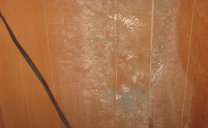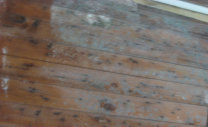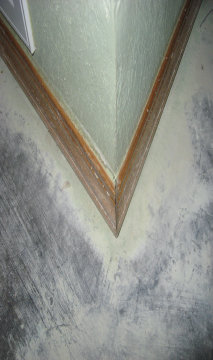| SECONDARY DAMAGE | ||||||||||||||||||||||||||||||||

|

|
|||||||||||||||||||||||||||||||

|

|
|||||||||||||||||||||||||||||||

|
||||||||||||||||||||||||||||||||

|
||||||||||||||||||||||||||||||||

|

|

|
||||||||||||||||||||||||||||||

|

|

|
||||||||||||||||||||||||||||||
| Water Damage Restoration | Carpet Cleaning | About Us | ||||||||||||||||||||||||||||||
| SECONDARY DAMAGE | ||||||||||||||||||||||||||||||||
| WATER DAMAGE SERVICES | ||||||||||||||||||||||||||||||||

|
||||||||||||||||||||||||||||||||
| During a flood, water will travel across the floor, under the walls, and into other areas. Once it has had time to go as far as it's going to go, up to that point the water damage is considered primary damage, and after that secondary damage begins to happen. The greatest solutions in the world can't prevent what has already happened, but we try to prevent what has yet to occur. So, we try to keep the damage that has yet happened to a minimum. In a flood, the obvious part of the problem is too much water. The not too obvious is water vapor. As the floors, walls, and cabinets are soaking in standing water, the air is filling with water as well. When the relative humidity gets above 60%, mold becomes active and begins to grow. If a home continues standing in water for very long, it can begin to swell. When the doors don't shut properly, it could be a sign of swelling. Too much swelling can cause deformation. We can take a home or building that is so wet it's floors are buckling and bring it back from the dead. The floors will flatten back out, and the doors will shut like they did before the flood. | ||||||||||||||||||||||||||||||||
|
CUSTOMER PRECAUTIONS DEHUMIDIFIERS AIR MOVERS PROTIMETER THERMO HYGROMETER SECONDARY DAMAGE INSURANCE CLAIMS DRYING CABINETS DRYING ATTICS DRYING CRAWL SPACES PROFESSIONAL TRAINING |
||||||||||||||||||||||||||||||||
| CARPET CLEANING | ||||||||||||||||||||||||||||||||
| Drying wet carpet and drywall is easy while some other materials are more stubborn. The actual humidity in the air must be below 40 grains per pound to dry hardwood or concrete in any kind of timely manner. That means when the room temperature is 70 F degrees the relative humidity has to be below 37% to restore hardwoods or concrete to pre-loss moisture conditions anytime in the near future. It takes a certain kind of dehumidifier to get that job done. The dehumidifier must have low grain technology to continue drying below 40 grains per pound. Refrigerant dehumidifiers will not continue drying air below 40 grains per pound. | ||||||||||||||||||||||||||||||||